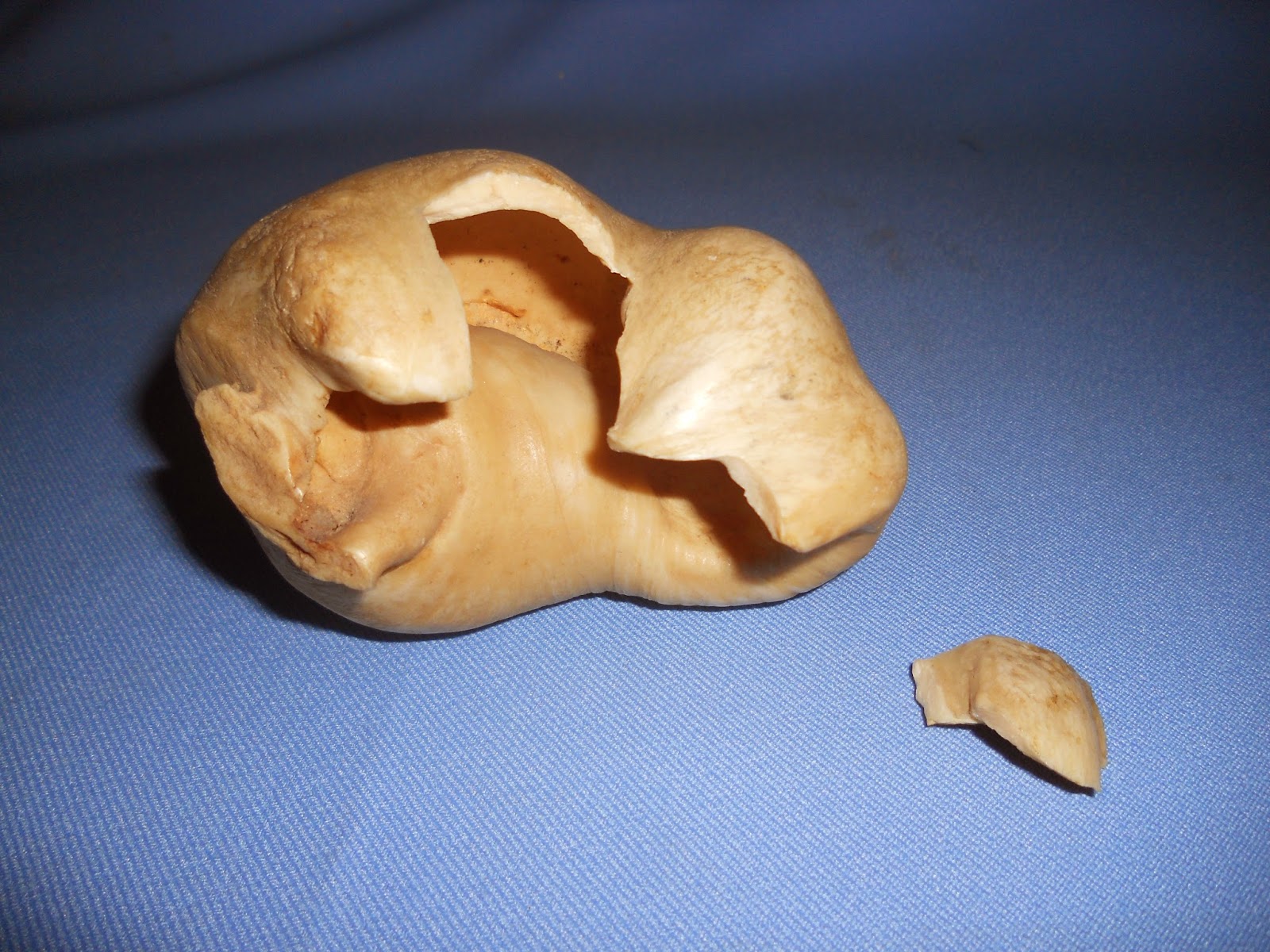Today's post come from a very special guest contributor, Keith Petersen. Not only is Keith Idaho's State Historian and Associate Director of the Idaho State Historical Society, he is also a former Director of LCHS and long-time friend and adviser to the organization.
This
blog’s tribute to Women’s History Month began with an appreciation of Lillian
Woodworth Otness. It is sad—but also
most fitting—that it should end with notice of the death of Donna Bray, for, in
the late 1970s, Lillian and Donna were mainstays in the transformation of the
Latah County Historical Society into a professional organization.
 | |
| LCHS Staff in 1979: L to R, Dick Waldbauer, Karen Broenneke, Donna Bray, J. D. Britton; seated, Keith Petersen. (Photo Courtesy of Keith Petersen) |
Donna
died on March 18, 2014, having lived in California her last 29 years. Her brief obituary in the Moscow-Pullman Daily News made no
mention of her contributions to LCHS.
That is regrettable, for they were many.
Donna
innocently became associated with the Society in 1976, as a newly elected
member of the County Commission. She was
asked to sit in at a meeting for the commissioner who then served on the board
of trustees. It turned into a lasting
relationship. In 1977, Donna was elected
the Society’s president.
A
year prior to Donna becoming a trustee, a three-member committee—Lillian
Otness, Leora Stillinger, and Ray Berry—had recommended that the Society make a
dramatic shift toward professionalism by hiring its first full-time
director. It was a controversial move,
and the Society lost some members because of it. Prior to then, from its establishment in 1965
as the Latah County Pioneer Historical Museum Association, the organization had
been dedicated primarily to social activities and honoring pioneers. But Donna totally embraced the concept of
professionalism, and over the next few years, working closely with Lillian, dramatically
changed the organization.
Donna,
a lifelong Democrat, was well connected politically in Idaho. At the time she became Society president,
state statutes limited the amount of funding county commissioners could provide
to museums and historical societies to $9,000 annually. Donna thought such a restriction absurd. In 1977, she became a charter member of the
Idaho Association of Museums (IAM), agreed to move its “headquarters” to Moscow,
and helped host the organization’s first annual conference. Eventually she would become IAM’s
president. Working with Moscow
legislator Robert Hosack and marshalling political allies and IAM members
throughout the state, Donna carefully crafted and guided through the
legislature a new law that enabled commissioners to decide for themselves how
much they might choose to invest in preserving history. Today, LCHS and museums/historical societies
throughout the state are beneficiaries of Donna’s legislation.
At
the time Donna became president, the organization’s name was the Latah County
Museum Society. Donna and Lillian both
advocated a new name that would “reflect our diverse and numerous activities,”
as Donna stated, and in 1978 we became the Latah County Historical Society.
All
areas of Society activities flourished under Donna’s leadership. The Society not only had the largest oral
history project in the Northwest, but also one of the most successful
publication programs of any local historical organization in the region. The Society’s research library, now perhaps
the finest local history research library in the state, began. The Society aggressively applied for grants
that funded everything from collecting historic photos in Latah County towns, to
purchasing AV equipment for public programs, to buying a security system,
allowing the live-in director to move out, and opening up much-needed space in
the McConnell Mansion for staff work areas.
The
vast majority of museums and local historical societies never make it beyond
the antique-store level of development:
dusty places that gather old stuff for no apparent reason other than
that someone thinks it should be saved.
A vital historical society is a living part of its community, a place of
education, inspiration, and entertainment.
It takes dynamic leadership to convert an organization from a pioneer
social club to a professional educational institution. LCHS was fortunate to have experienced the
confluence of two progressive women leaders in the late 1970s at the most
critical juncture in its transformation.
Donna
stepped down as president in 1979; fittingly, Lillian, then vice president,
filled her place. Donna then became a
LCHS staff member on a grant-funded project to record historic structures in
downtown Moscow, an important step in the preservation of the downtown
core. Donna left Moscow in the 1980s to
care for a brother in San Clemente. The
LCHS she left behind little resembled the one she first became acquainted with
in 1976. As LCHS approaches its 50th
anniversary in 2015, it is fitting, particularly during Women’s History Month,
to pay respect to the influential leadership of Donna Bray and Lillian
Otness—friends, collaborators, sometimes even schemers—and their remarkable accomplishments
on behalf of the Latah County Historical Society.




















